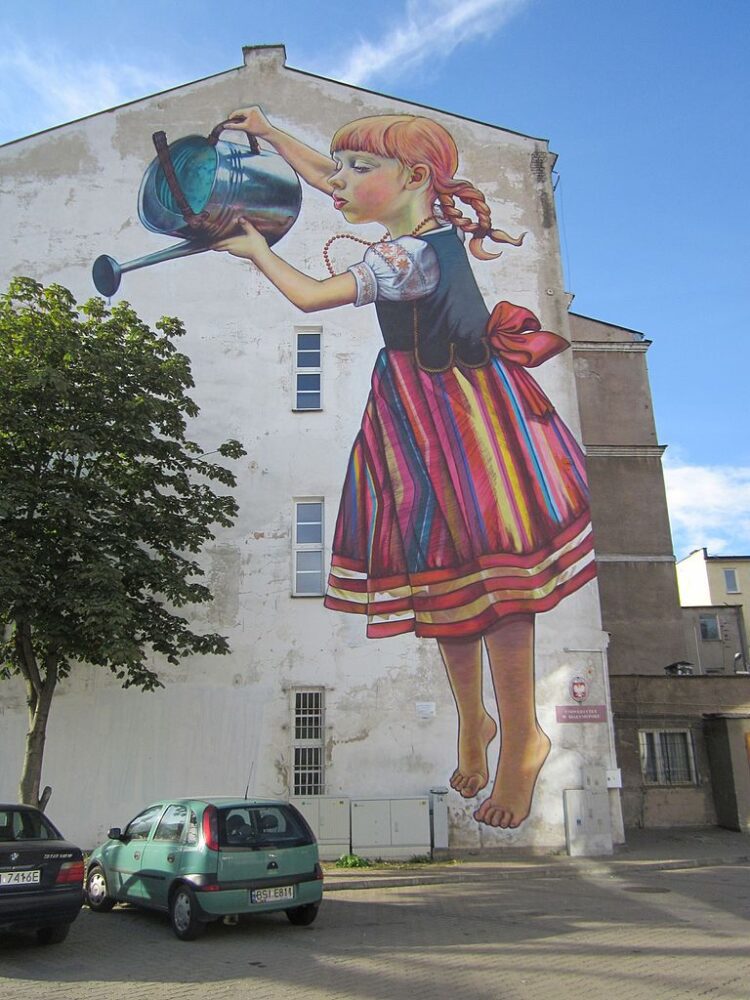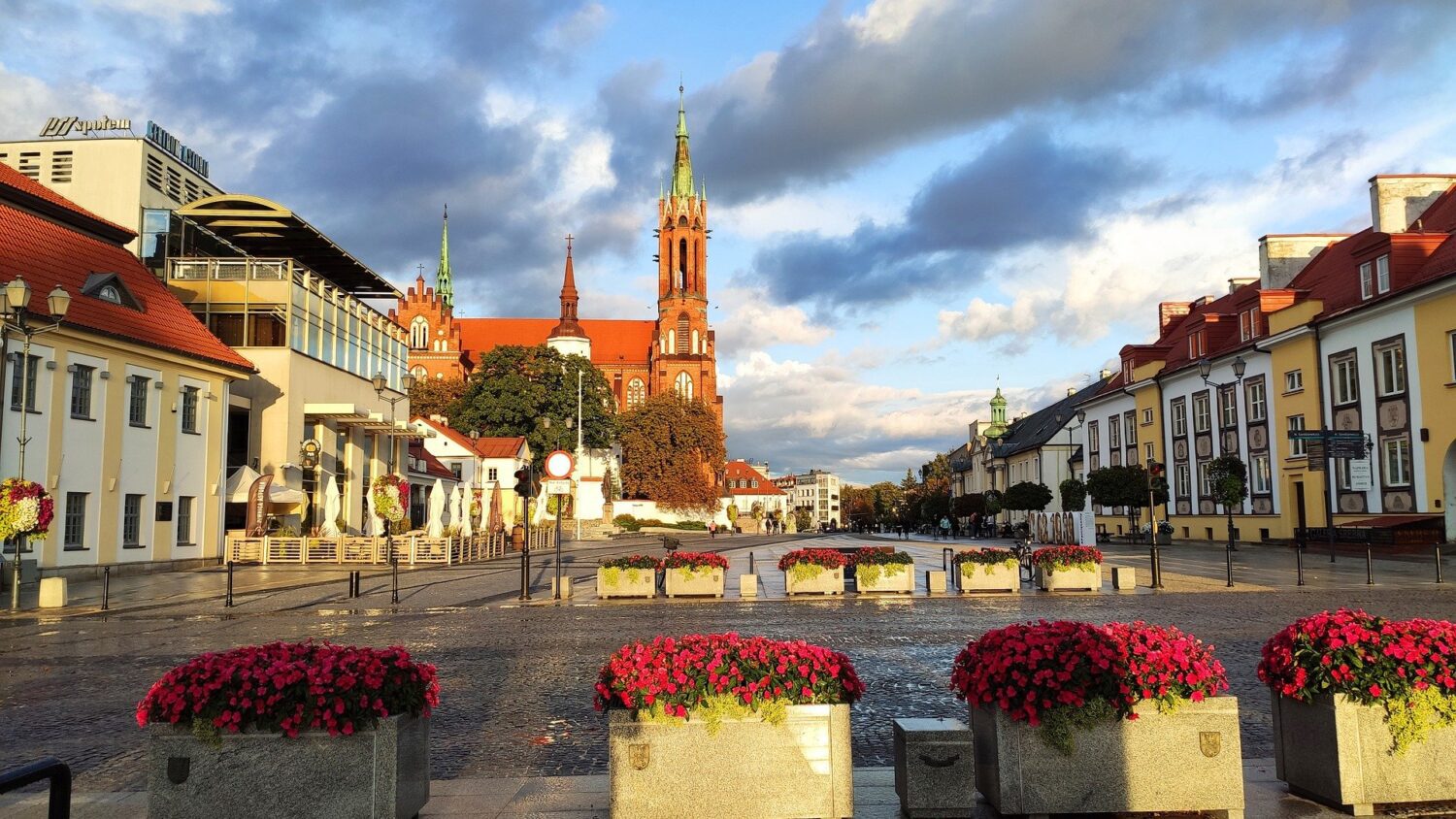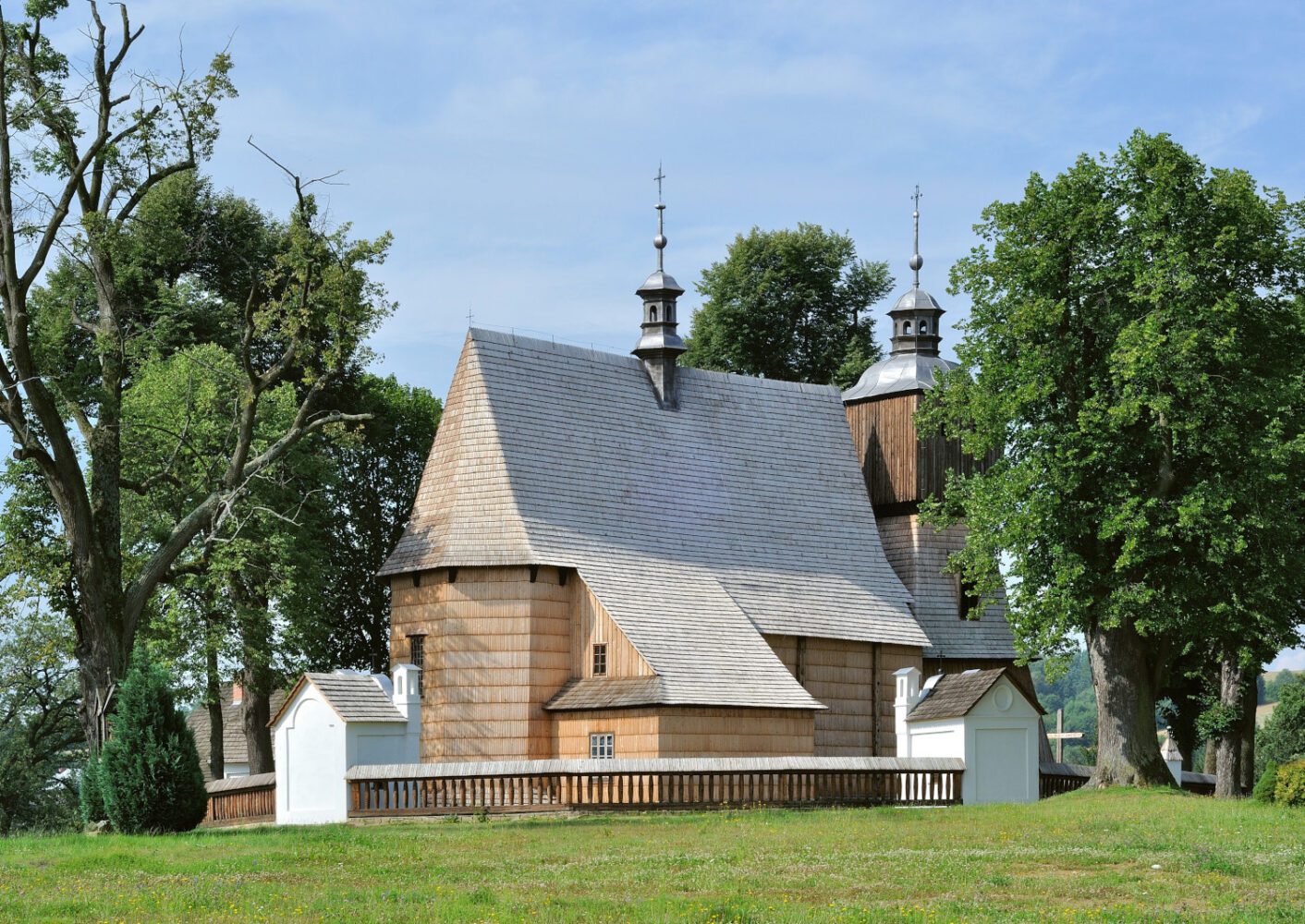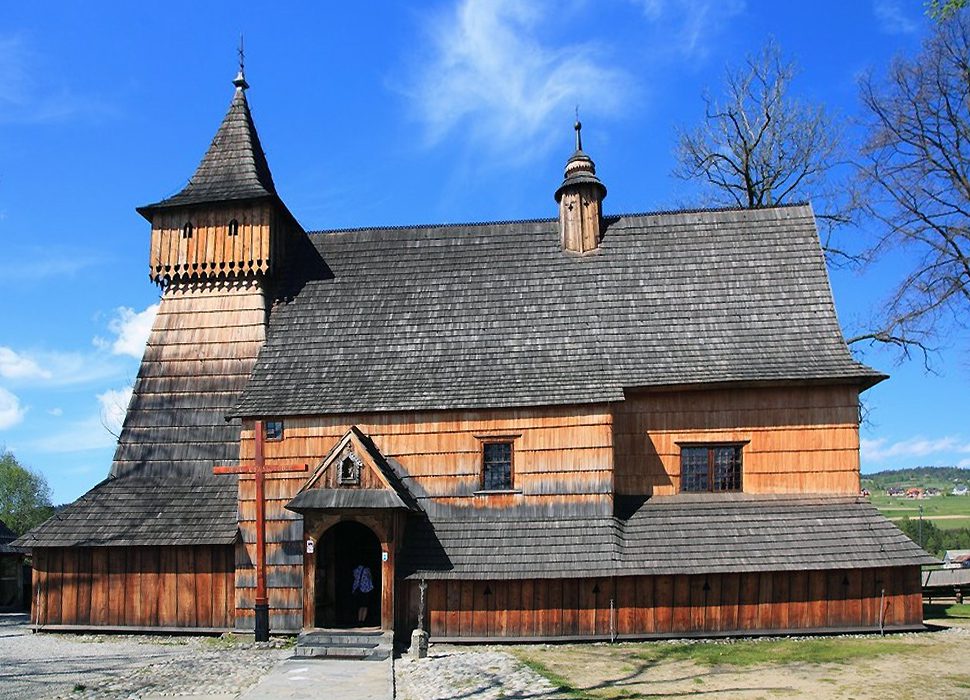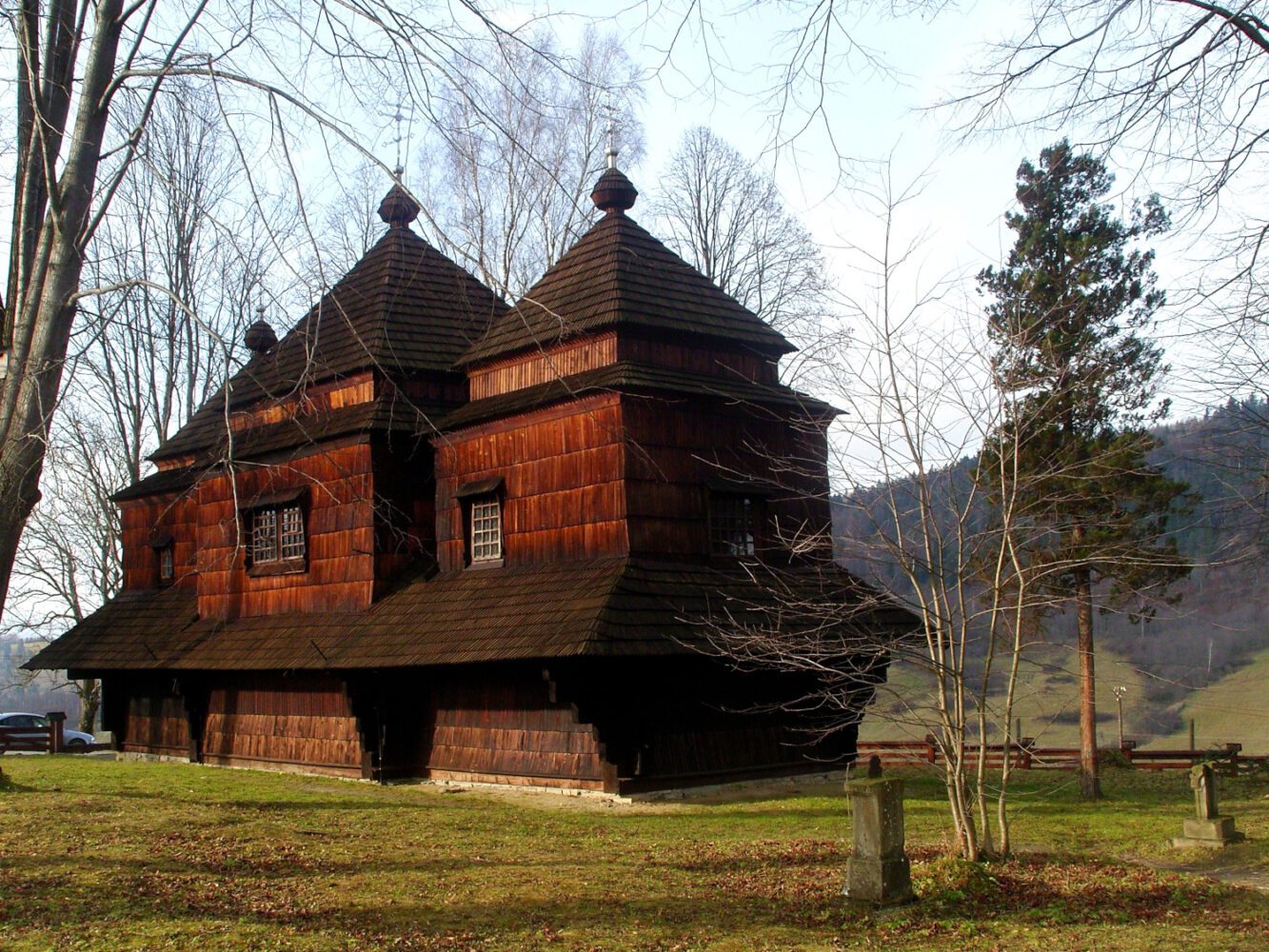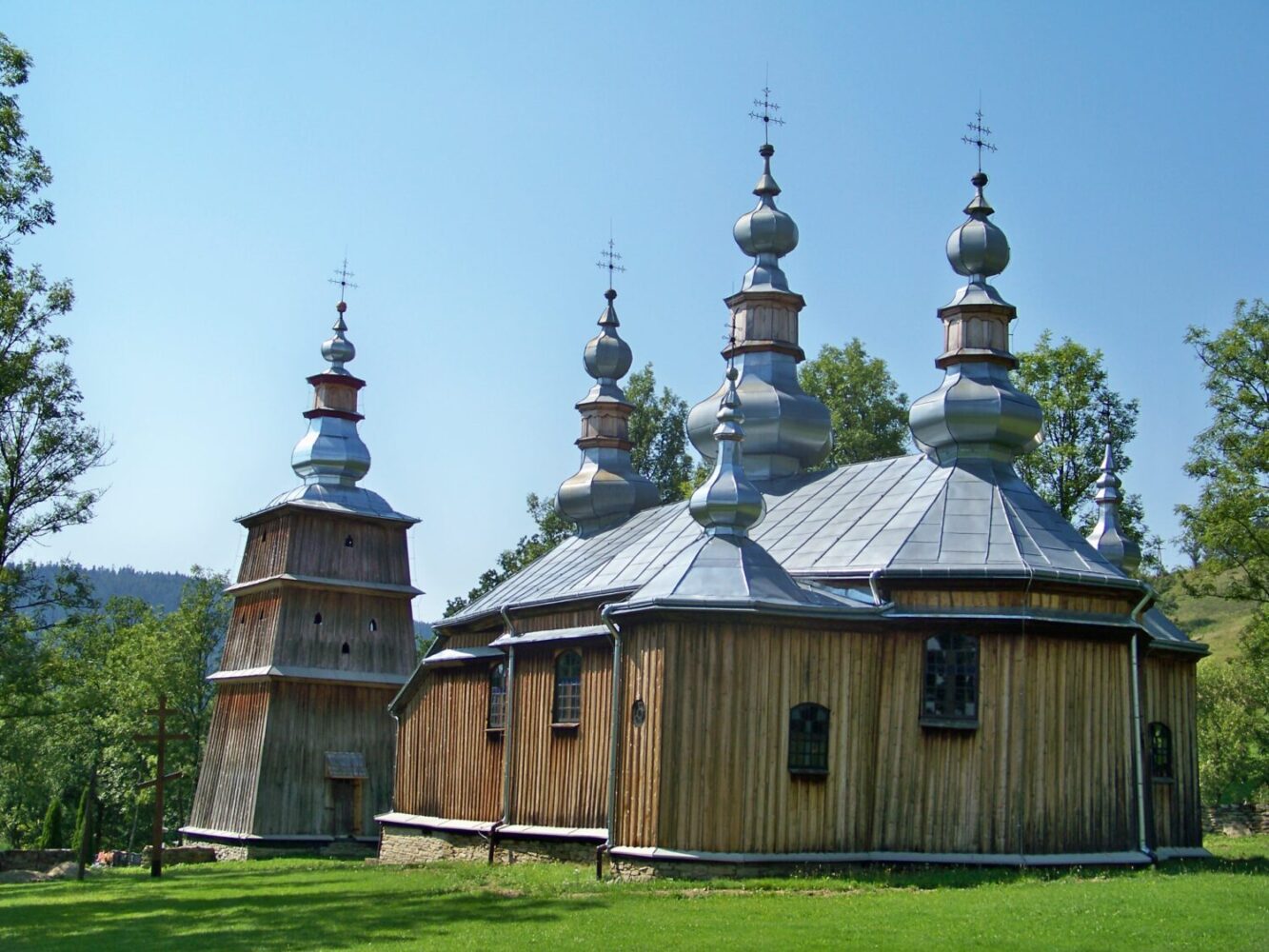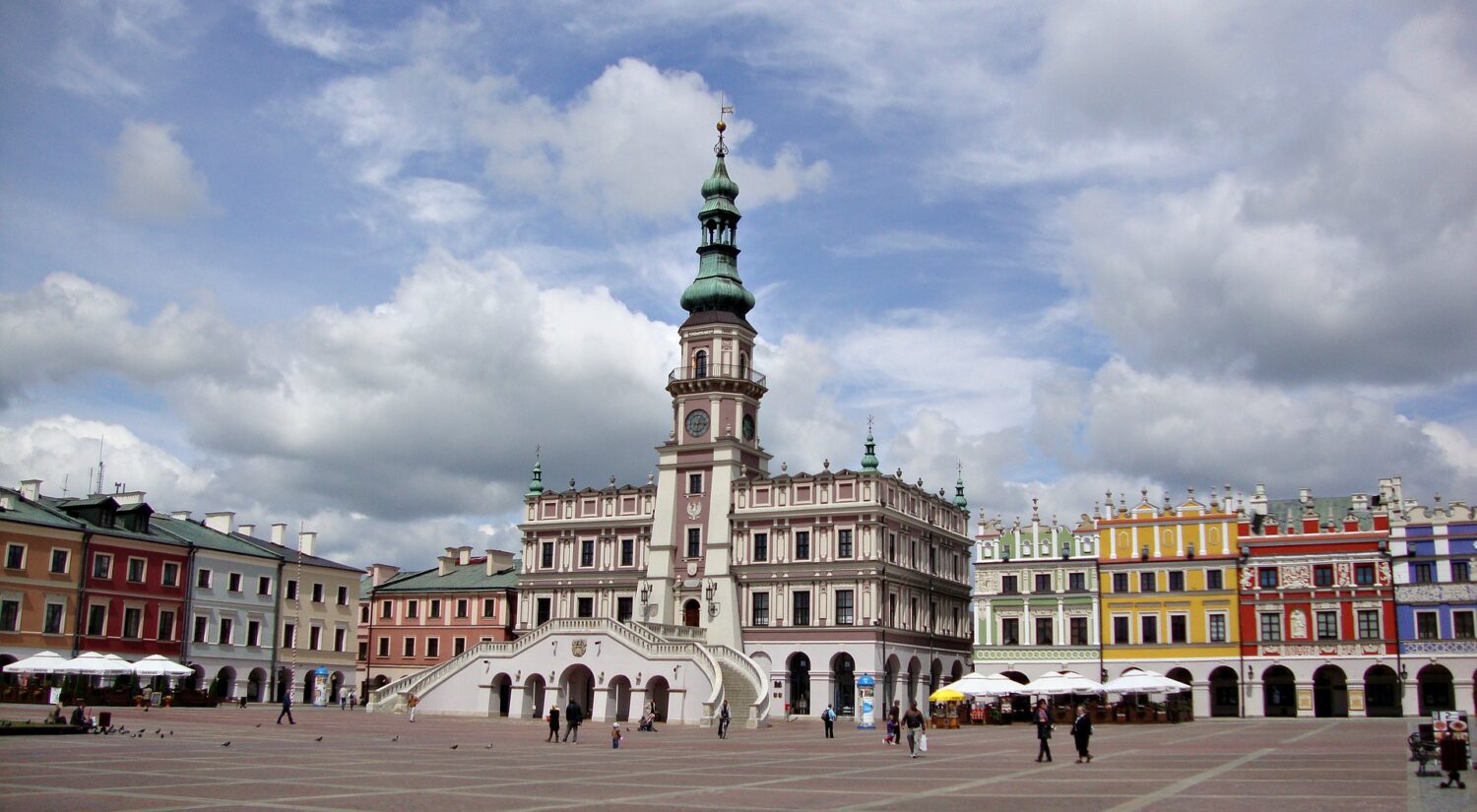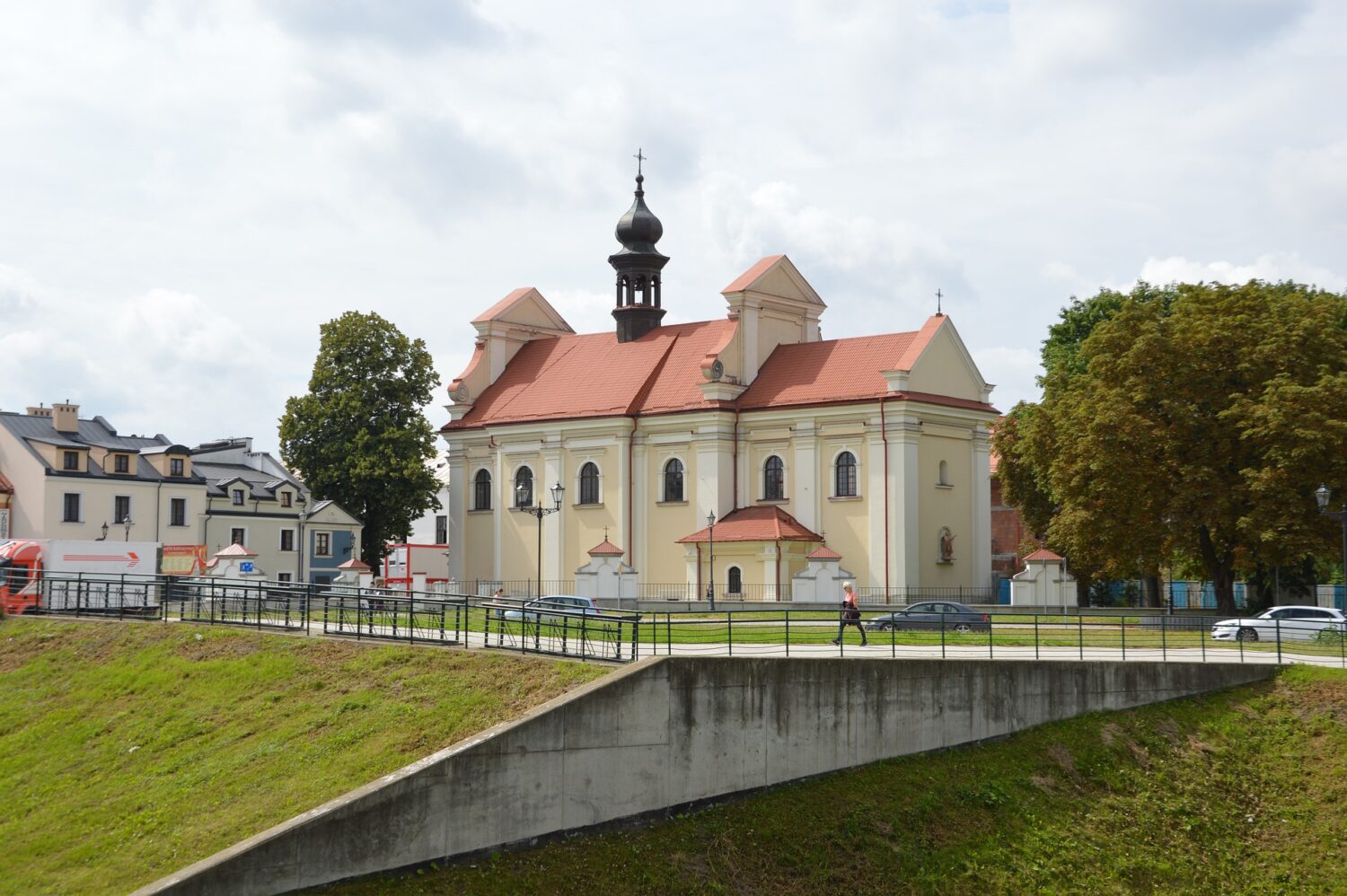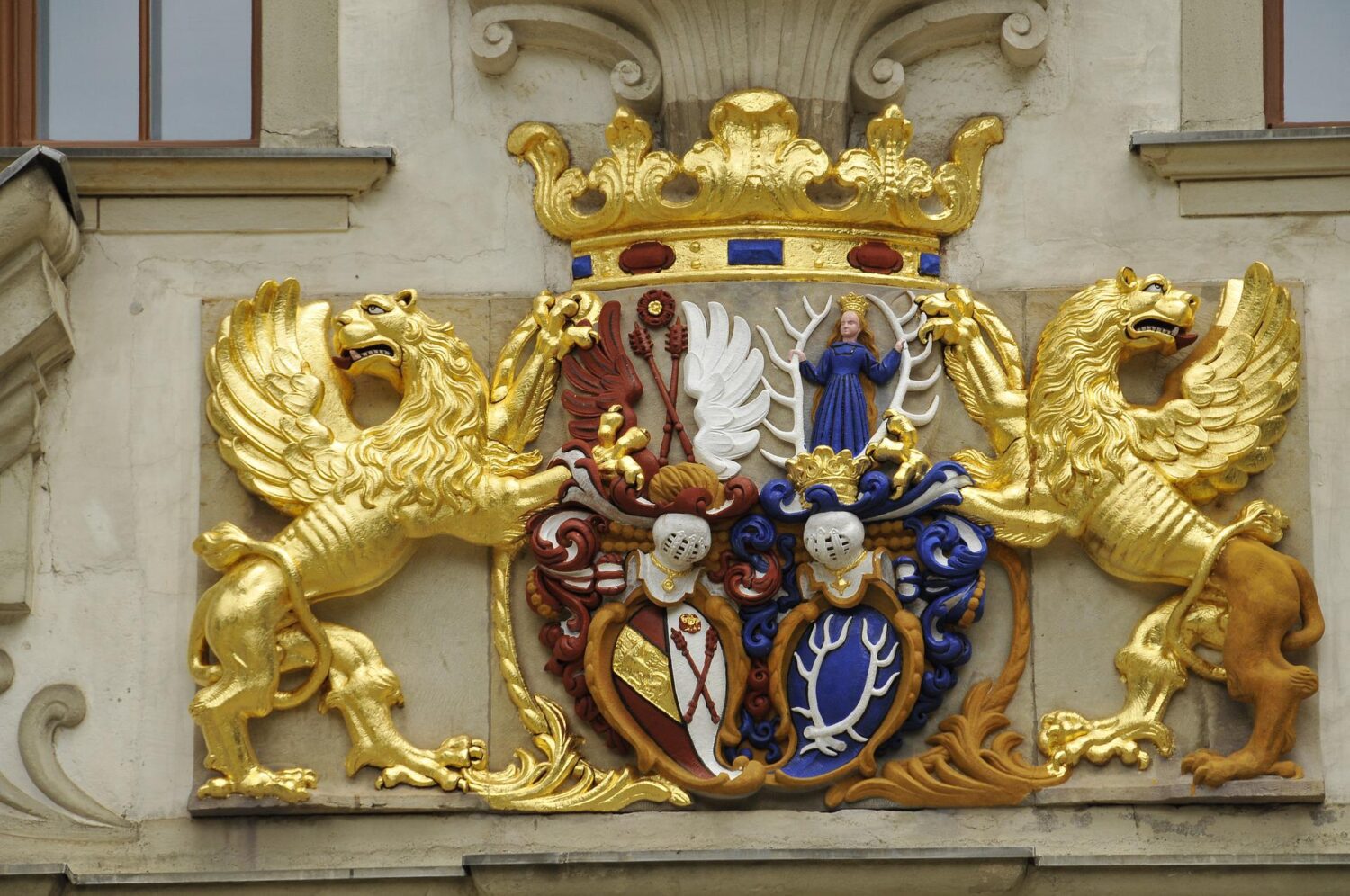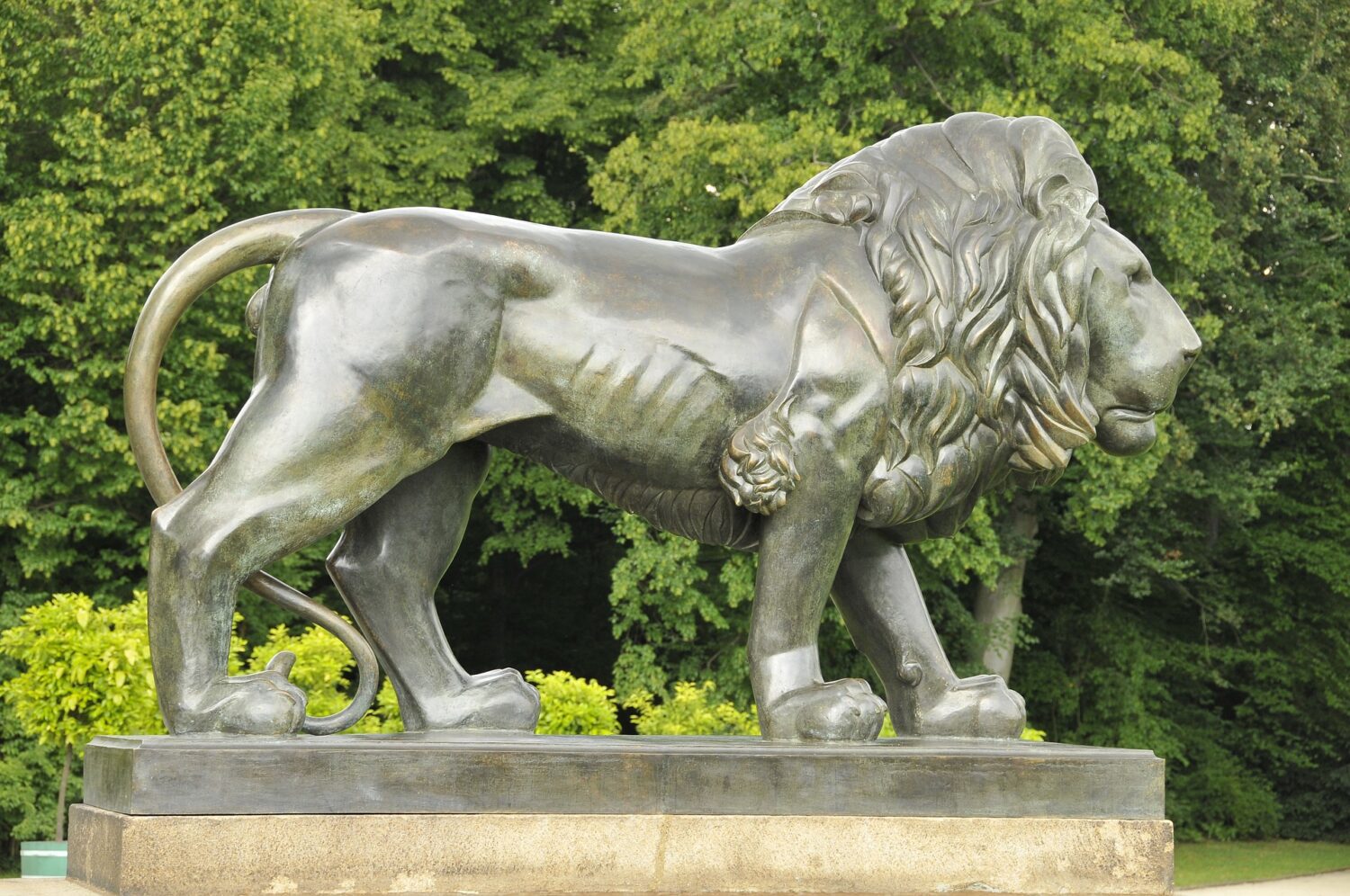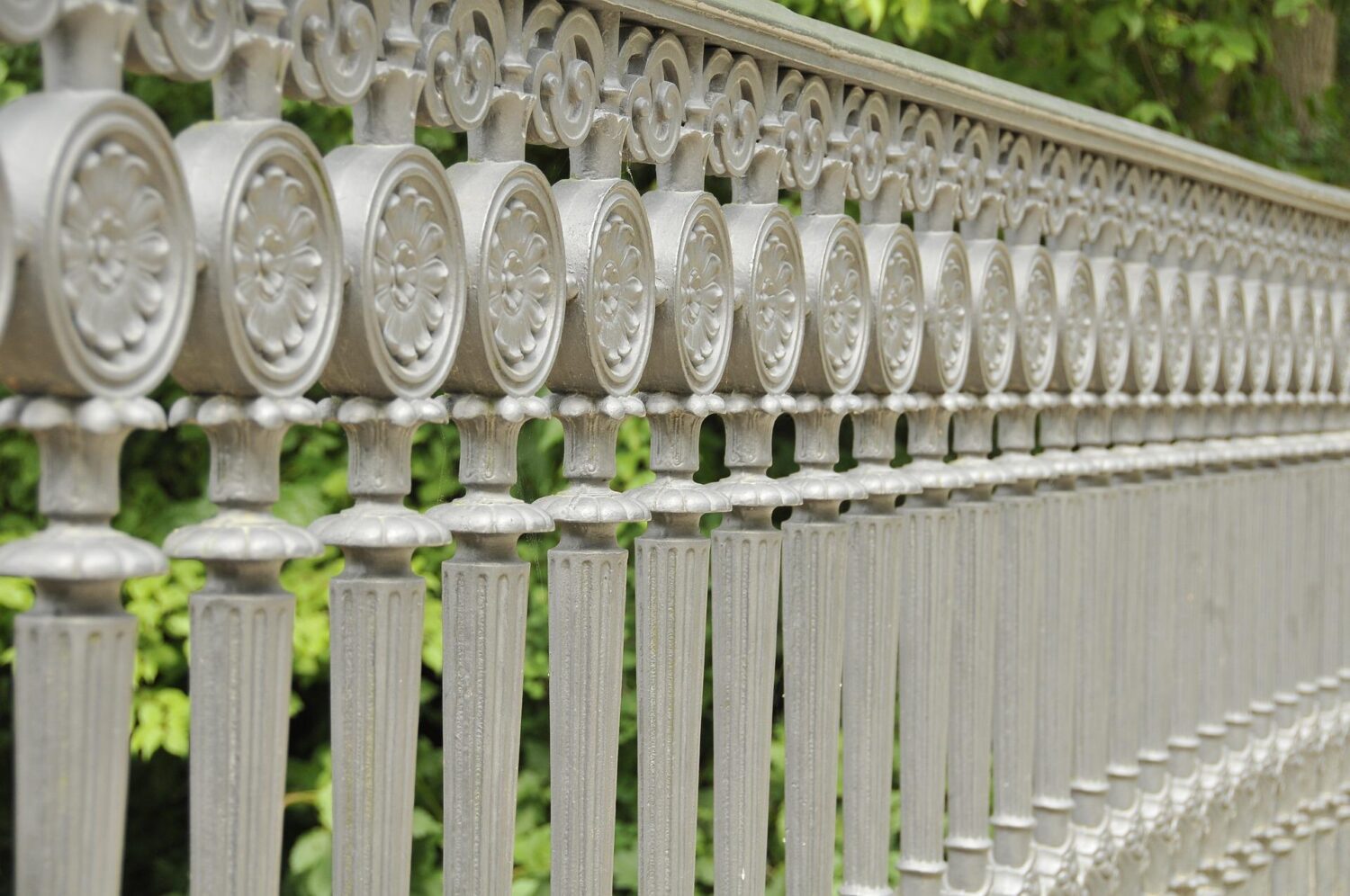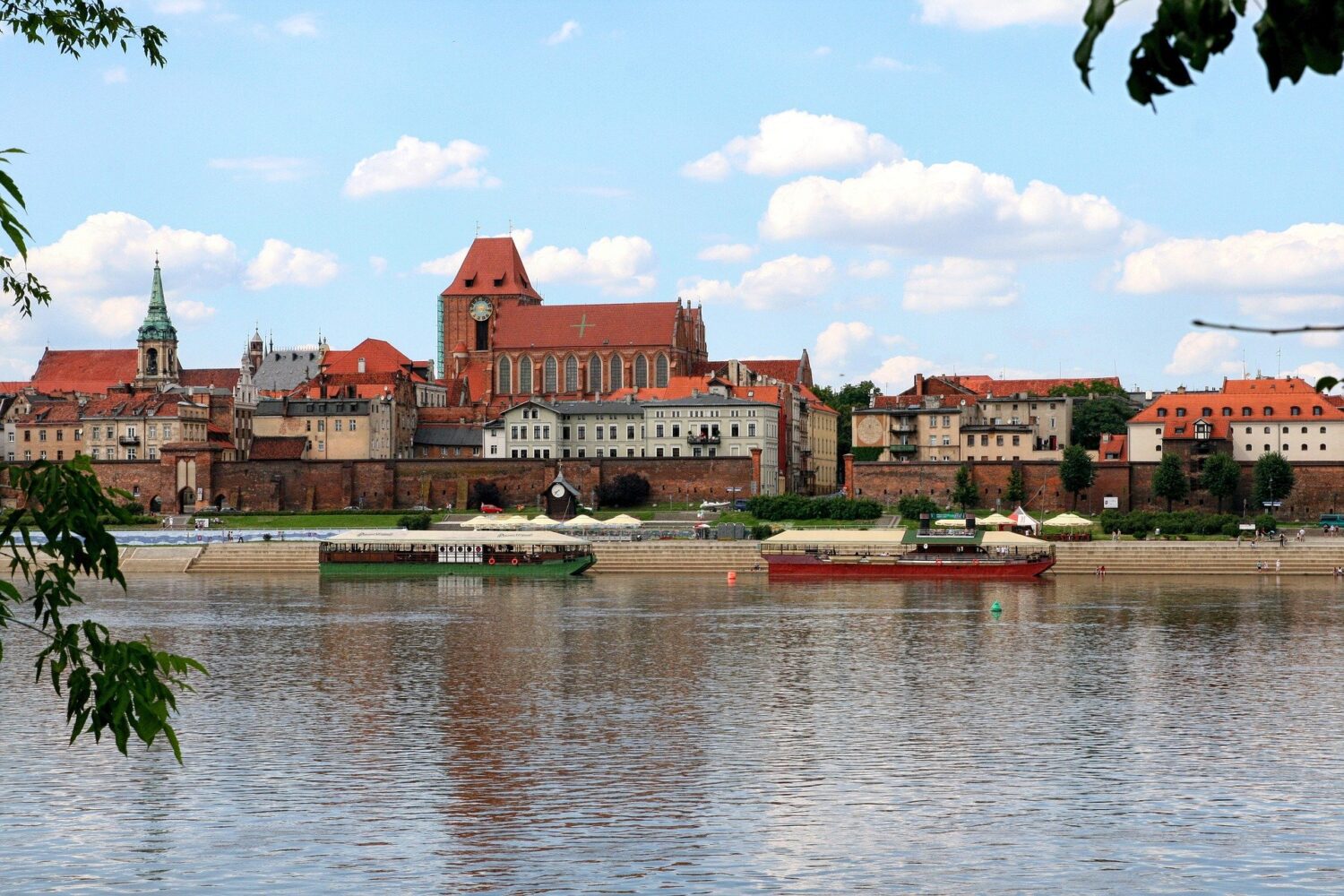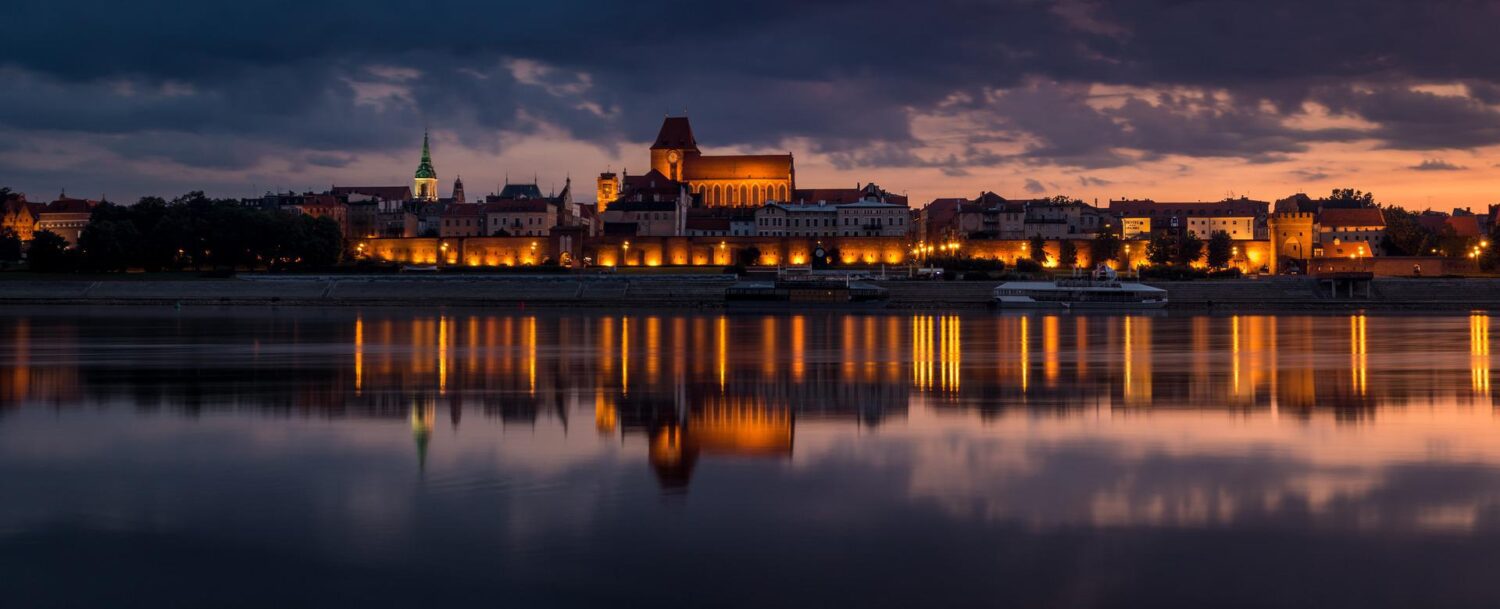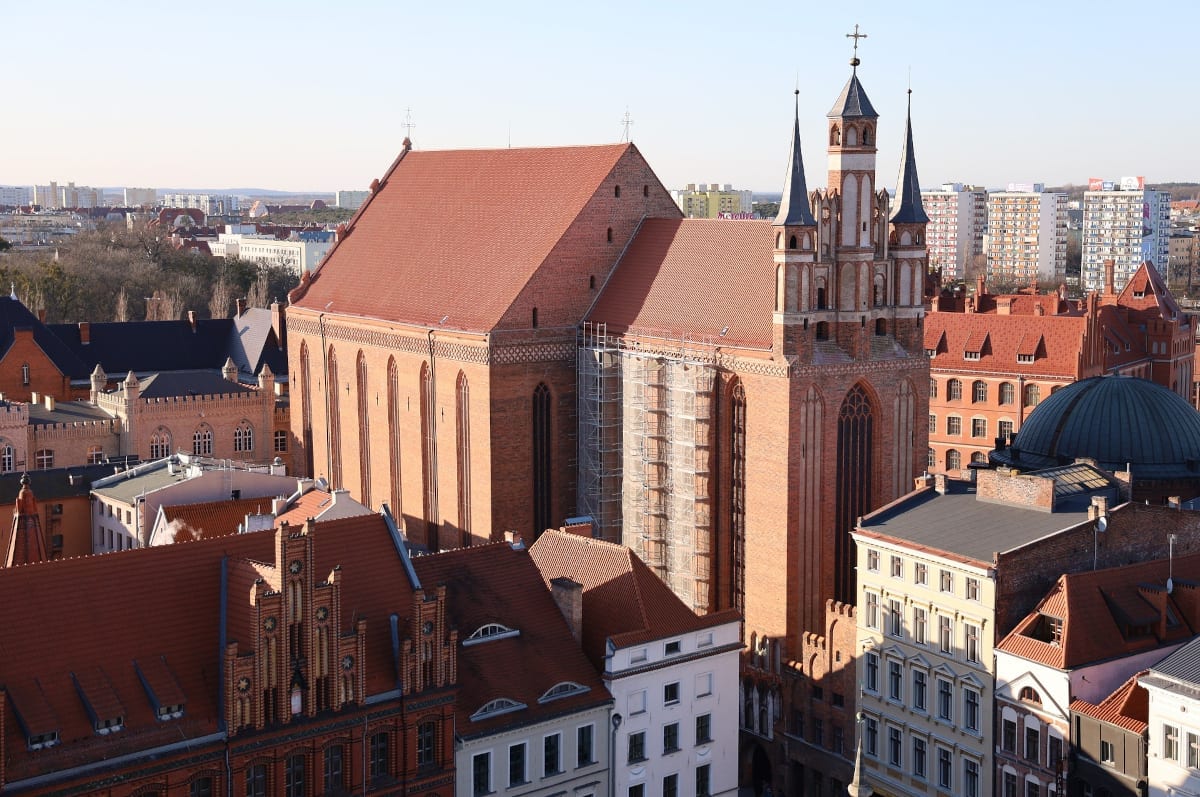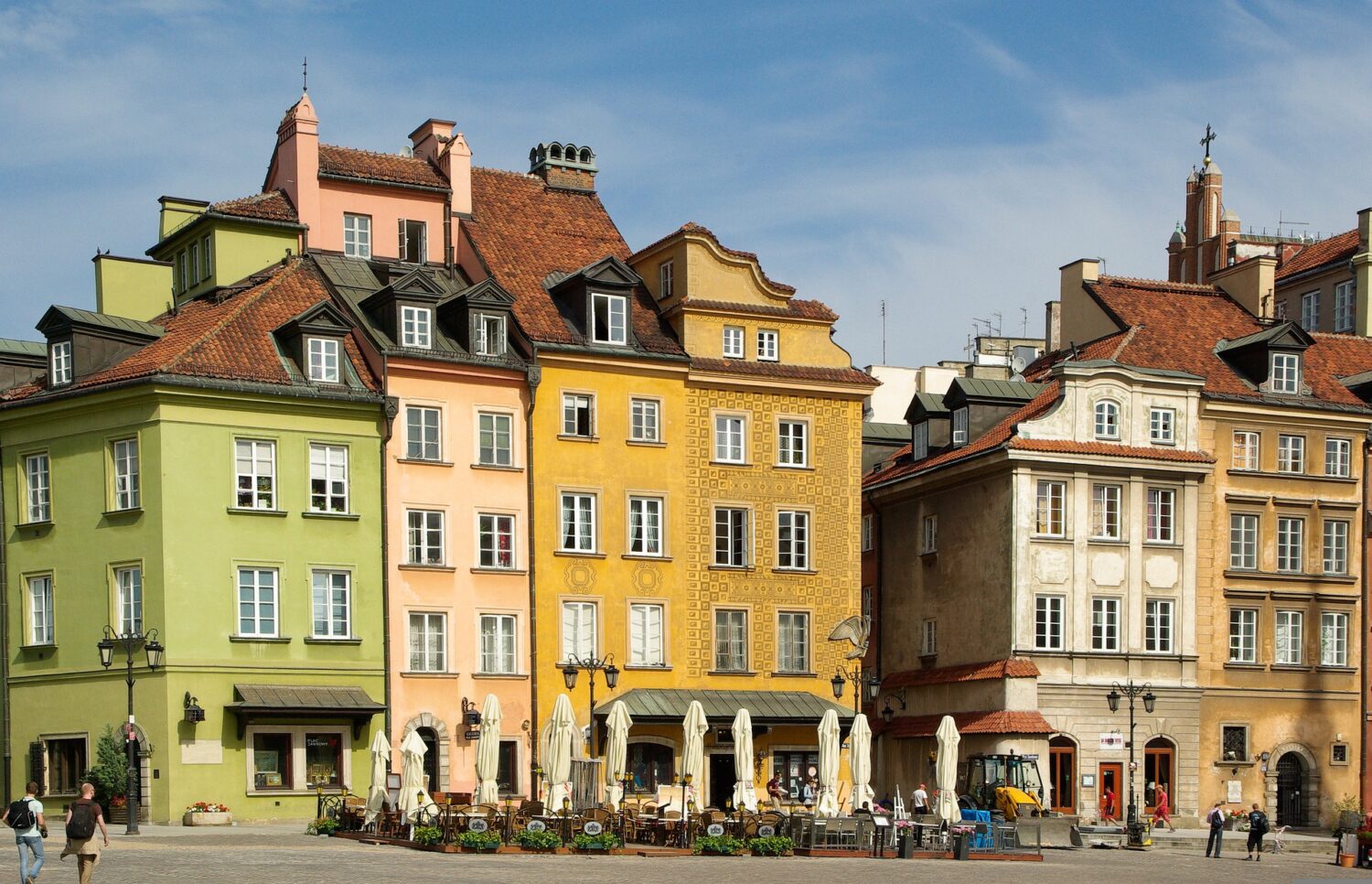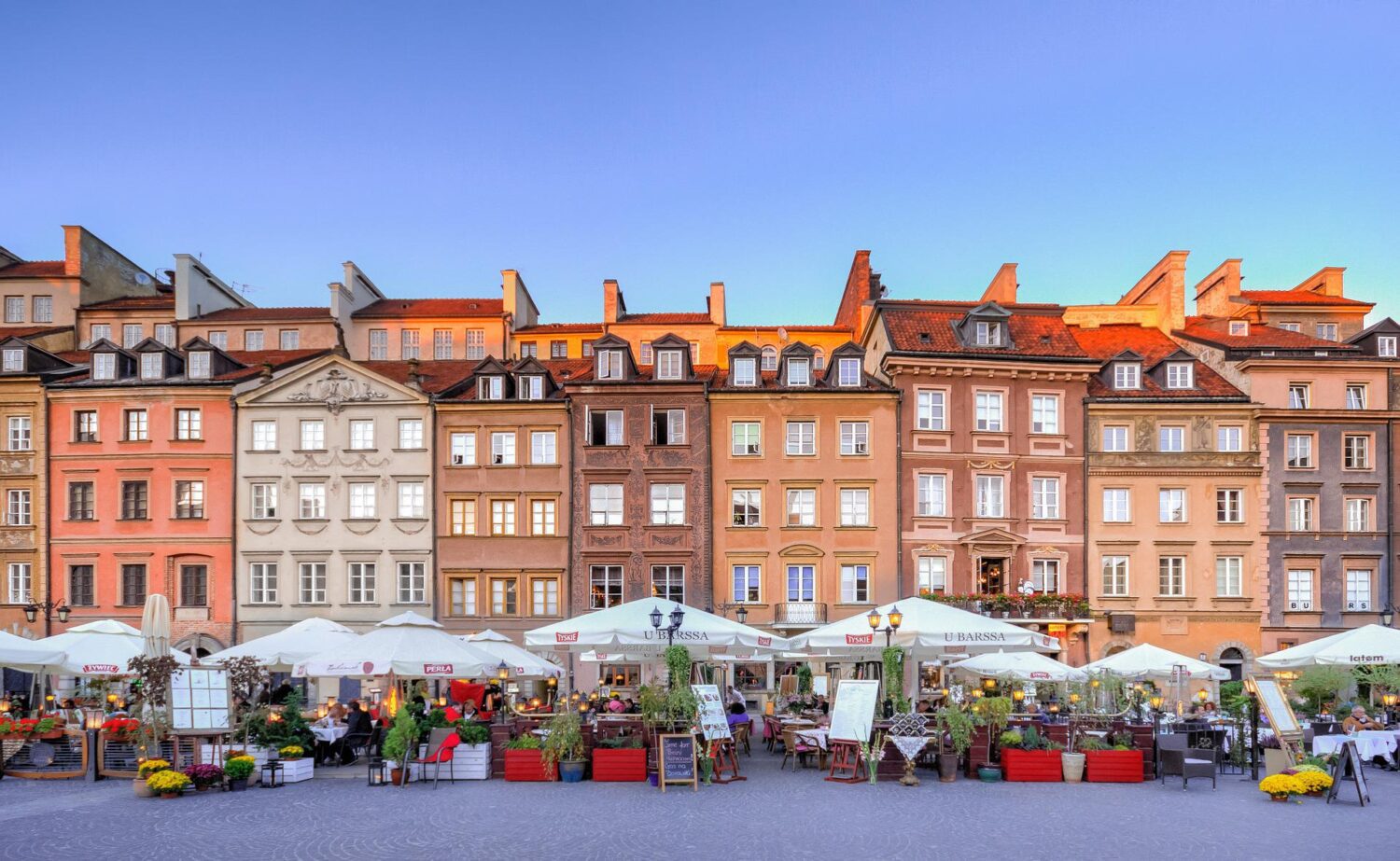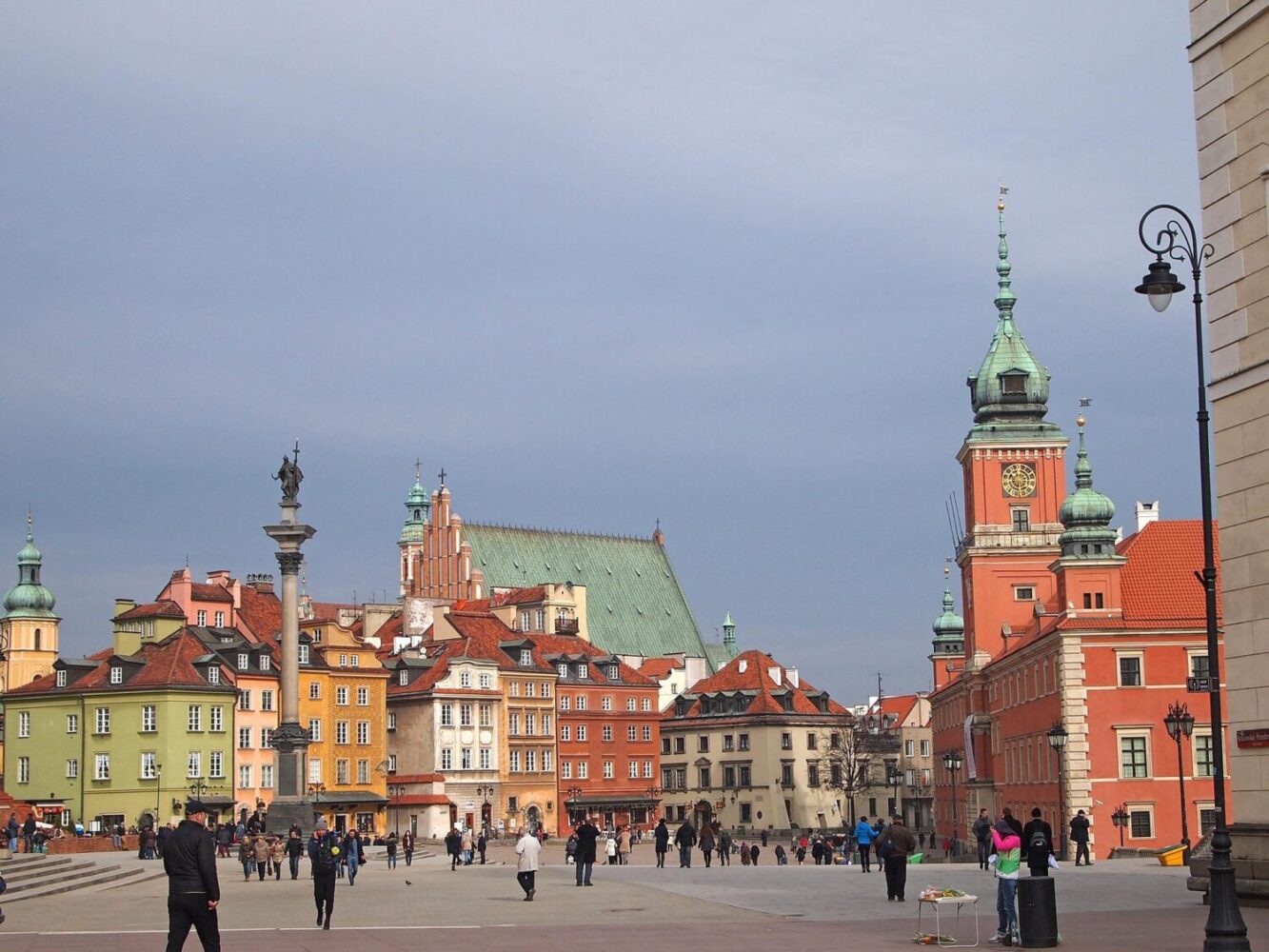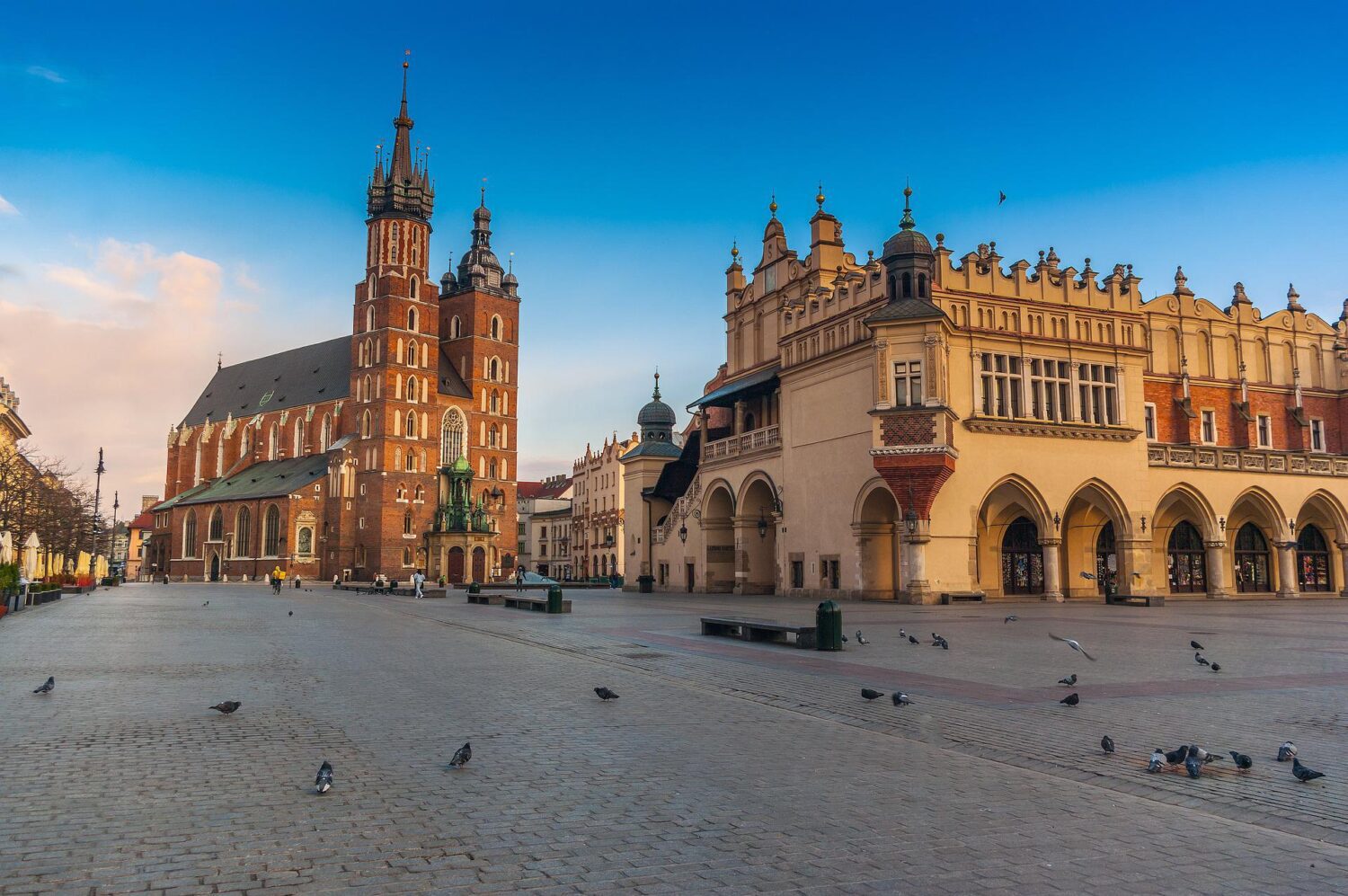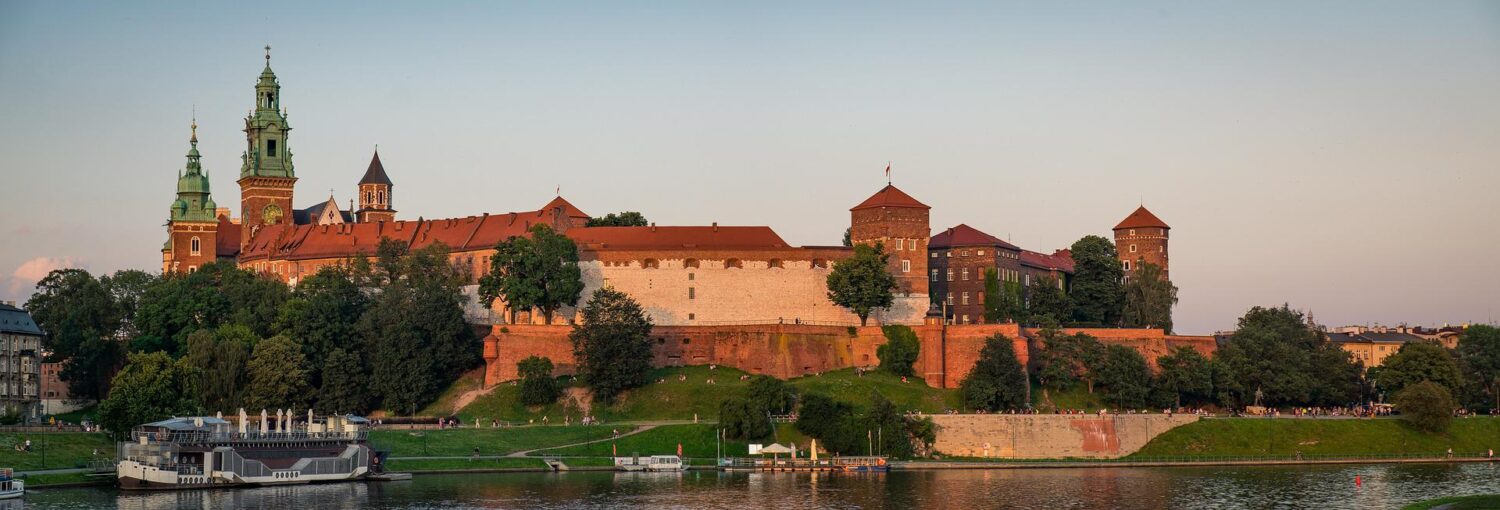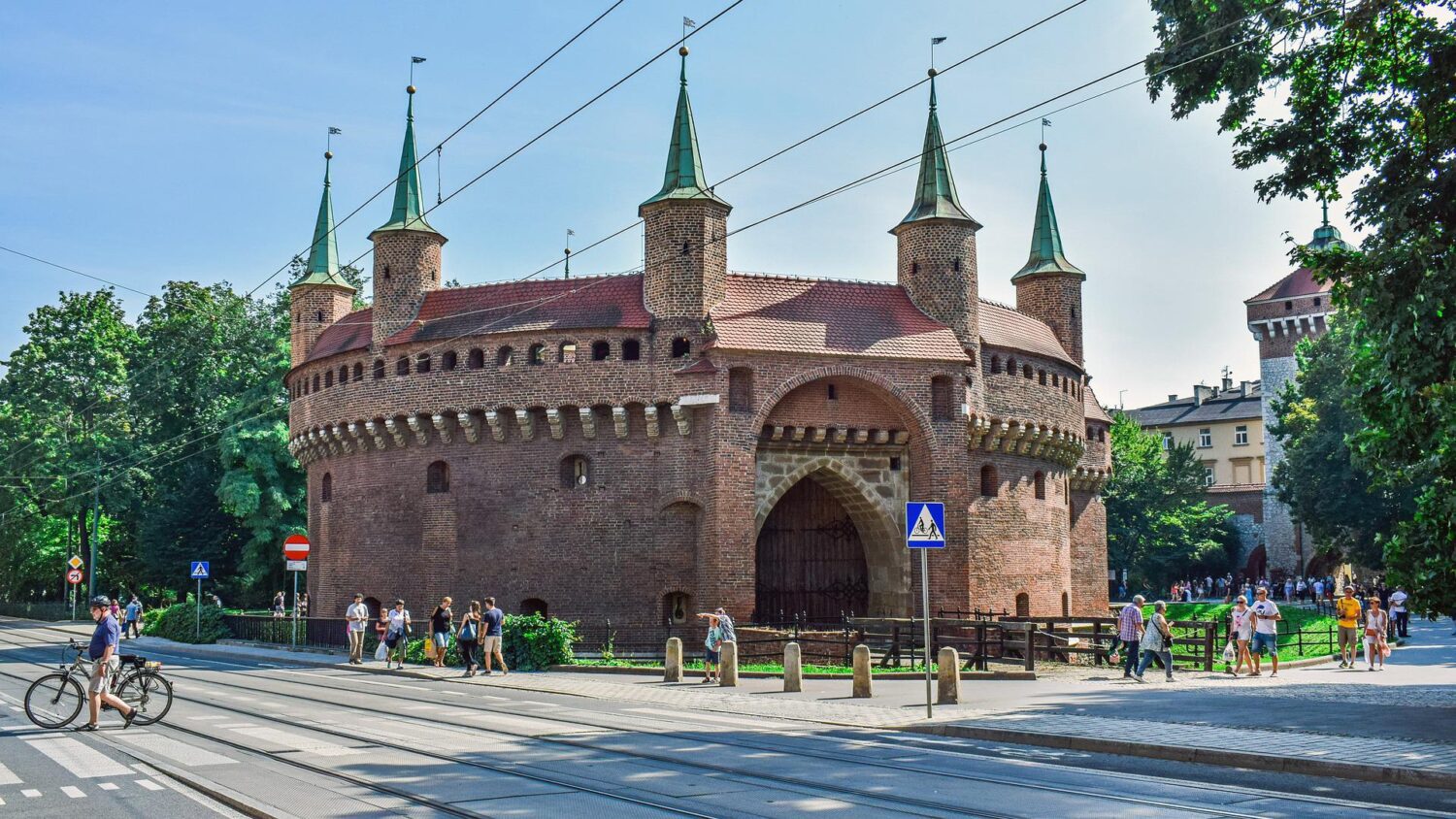Around & About in Bialystok
Around & About in Bialystok
Around & about – updated 16 January 2023.
Bialowieza National Park
There’s not a lot to see and do in Bialystok, it will only take a couple of days to see all the attractions on our Top 10 list; however, if you’re in the city and therefore in Podlasie, we highly recommend that you take a day trip to Bialowieza National Park. It is located around 95km away but will only take you 1½ hours in a car.
Bialowieza National Park is well-known for two reasons. Firstly, it is home to Europe’s largest land mammal, the European bison and secondly, the park shelters a sizeable chunk of original lowland primeval forest; which has remained undisturbed for hundreds of years. The forest has been designated as a UNESCO World Heritage Site and a Biosphere Reserve.
The park is called the “last untouched wilderness of Europe” and has an inner zone consisting of old-growth forest which has been living without much human intervention for over 800 years.
Alternative parks
If the trip to Bialowieza National Park is too far away, then don’t worry, there are another two National Parks that are much closer to Białystok.
Narew and Biebrza National Parks are around 36km away and they both have a lot to offer. There are also three Landscape Parks, 88 nature reserves and 15 protected landscape areas within the region.
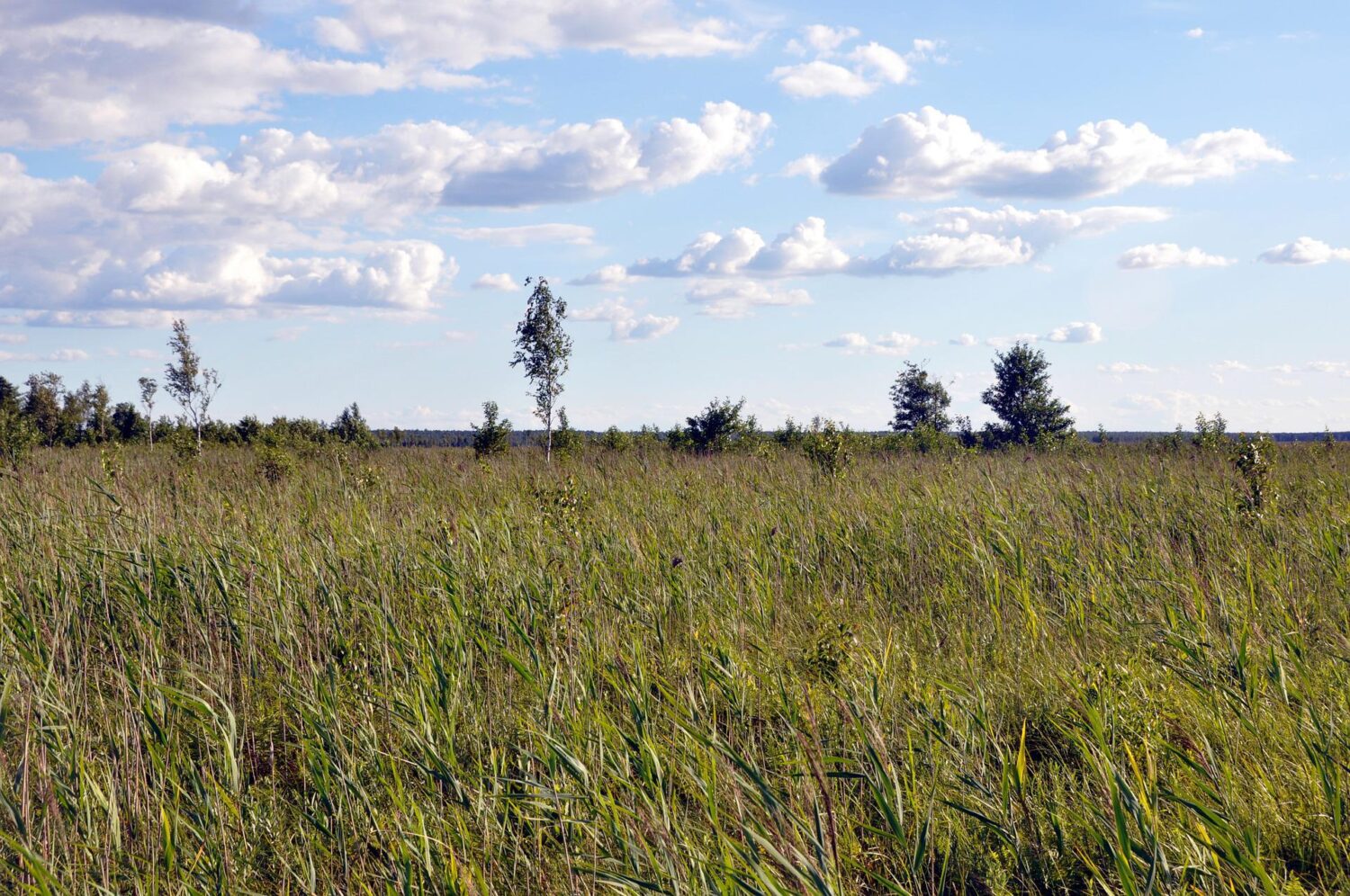
Biebrza National Park
Biebrza National Park is a protected area in northeastern Poland, located in the Masurian Voivodeship. It is known for its diverse wildlife, including large populations of European bison, elk, and beaver, as well as many bird species such as the black stork, crane, and white-tailed eagle. The park is also home to several rare and protected plant species. The park covers an area of about 58,000 hectares and is divided into two parts: the Biebrza Marsh and the Rospuda Valley. It is a popular destination for nature enthusiasts and bird watchers.
Narew National Park
Narew National Park is a protected area located in northeastern Poland, in the Podlaskie Voivodeship. The park is situated along the Narew River, which is known for its unique, meandering course and the diverse range of habitats it creates, such as riverine forests, meadows, and marshes. The park covers an area of around 34,000 hectares and is home to a wide variety of wildlife, including many species of birds, such as the white-tailed eagle and the black stork, as well as mammals like the European bison, elk and beaver. The park is also home to several rare and protected plant species. The park is popular destination for nature enthusiasts, bird watchers and kayakers. The park offers a good opportunity to explore the natural beauty of the region, and also has a few hiking trails that can be taken to explore the park.
Podlaskie Museum of Folk Culture
The Podlaskie Museum of Folk Culture is not far from Białystok and features a great collection of the local folk art and typical examples of peasant houses and farm buildings characteristic of the region. The museum is located at the northern borders of Białystok, in the settlement of Wasilków, on the road to Augustów.
This outdoor museum has forty buildings and other cultural artefacts gathered from around the region. There are also two windmills, a cave-house, a Belarusian cottage, a forge and a lumberjack’s hut.
Wooden manor house
Among the collection is a relocated Neoclassical wooden manor house from the 1810s with a whole hamlet with five homesteads surrounding a central square. These homes are furnished with traditional furniture and pottery.
